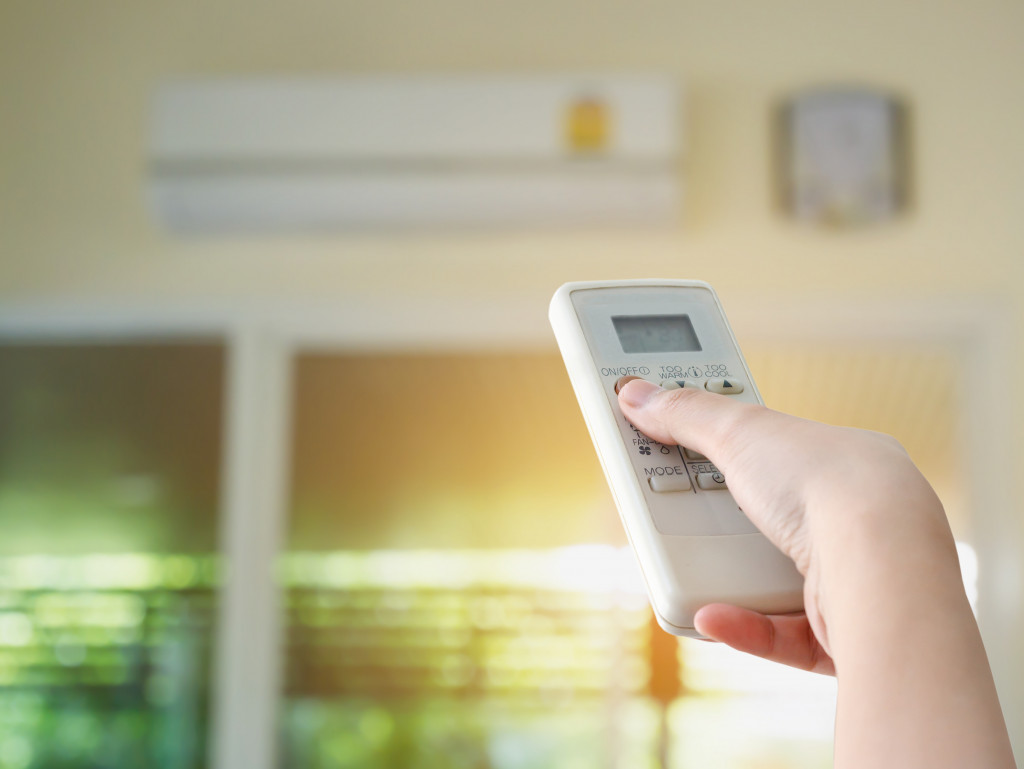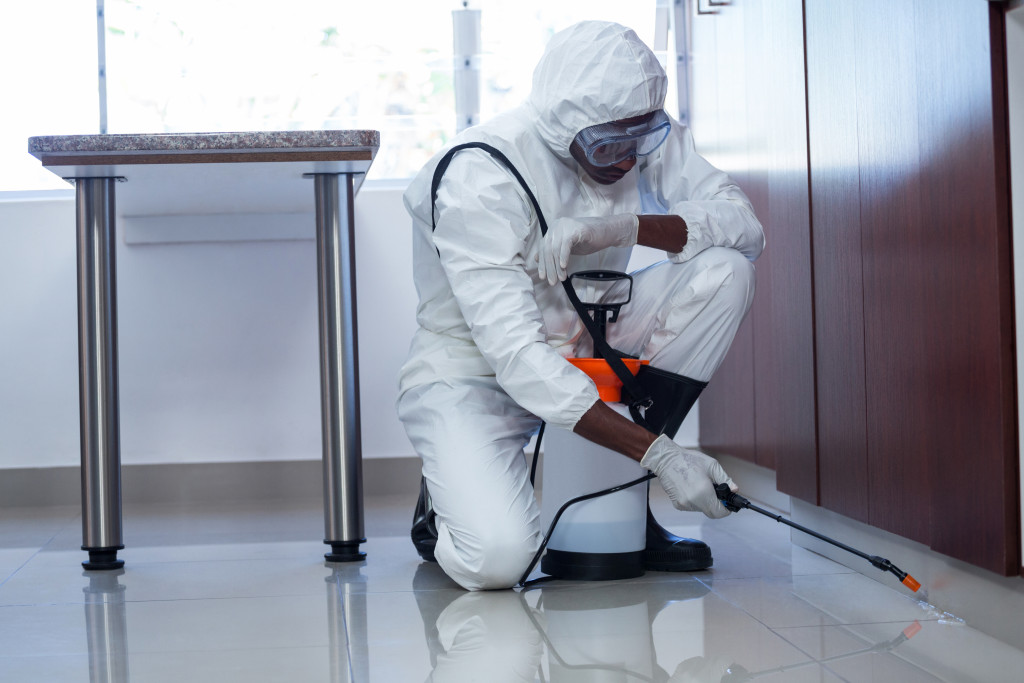• Poor ventilation in the home can worsen existing respiratory conditions and lead to health issues.
• Pest infestations can spread bacteria, viruses, parasites, and allergens and should be addressed immediately.
• Mold thrives in warm, moist environments, so it’s important to keep humidity levels in check.
• By inspecting your home and implementing these simple strategies, you’ll maintain a safe and healthy environment for everyone.
Whether you’re a renter or a homeowner, the conditions of your living space can have a massive impact on your family’s overall health. Everything from mold to pests to poor ventilation can contribute to serious health problems if not addressed promptly. Here’s a look at how living conditions affect family health and some strategies for keeping your home safe and healthy.
Poor Ventilation
Poor ventilation is another problem that often goes unnoticed until it becomes serious enough to cause health issues. Poorly ventilated homes tend to be stuffy and full of allergens like dust mites, pet dander, and pollen, which can worsen existing respiratory conditions like asthma or allergies. Here are some tips to prevent this:
Consider installing an HVAC system.
An HVAC system helps to circulate air throughout the home and keep it free of allergens and pollutants. Look for a reliable heating and cooling company to install the system in your home. They can also help you maintain the system to ensure it’s functioning properly.
Open windows whenever possible.
Even if you don’t have an HVAC system, opening windows can still help bring in fresh air and eliminate stuffiness. Keep an eye out for drafts and make sure the windows are properly sealed when closed.
Use fans or air filters when needed.
If you can’t open windows, consider using fans or air purifiers to help circulate the air in your home. This can be especially helpful if anyone in your family suffers from allergies or asthma. Also, make sure to regularly clean your air filters as they can become clogged with dust and other allergens.
Utilize exhaust fans.
Bathrooms, kitchens, and other areas with high moisture levels need to be well-ventilated in order to prevent mold from forming. Ensure your exhaust fans are up-to-date and working properly to keep these areas free of potential contaminants.

Pest Infestations
A pest infestation can quickly become an unwelcome visitor in your home, but it can also have significant implications for your family’s health. Pests like rodents and cockroaches can spread bacteria, viruses, and parasites that cause serious illnesses, as well as allergens that can trigger asthma attacks or other respiratory issues.
To prevent pests from entering your home first, ensure all food is stored properly and seal up any cracks or crevices where they could enter. For example, caulk any gaps around windows and doors. Additionally, keep garbage bins sealed and quickly clean up spills or crumbs to avoid attracting pests.
If you already have a pest infestation, it’s important to take action immediately in order to prevent the spread of illness and further damage to your home. Hire a professional exterminator who can identify the type of pest and provide appropriate treatments to get rid of them.

Mold & Mildew
Mold is another common problem affecting indoor air quality and triggering allergies or asthma symptoms in sensitive individuals. Mold thrives in warm, moist environments, so it’s important to keep humidity levels below 60% (ideally between 30-50%) and check for signs of water damage regularly.
You may also want to invest in an air purifier with a HEPA filter if you’re particularly sensitive to mold spores. HEPA filters trap mold particles and other allergens, helping keep your air free of contaminants.
Other ways to reduce the risk of mold growth in your home include opening windows regularly, avoiding carpeting in damp areas, and using exhaust fans when showering or cooking. These are all simple measures that can go a long way toward ensuring your family’s health and safety.
Living conditions have a major impact on family health—from pest infestations to mold growth to poor ventilation—so it’s important to take steps now to ensure your home is safe and healthy for everyone who lives there. Take the time to inspect for signs of damage or wear-and-tear; consider investing in an HVAC system if needed; and make sure there are adequate measures in place (like proper storage for food) to prevent pests from entering the home in the first place. With these simple tips, you’ll be able to maintain a safe and healthy environment for you and your family.
